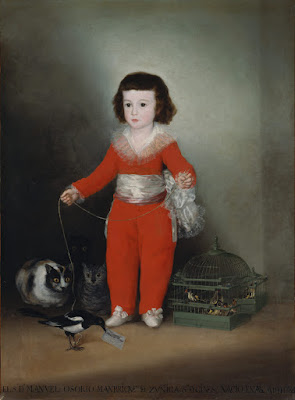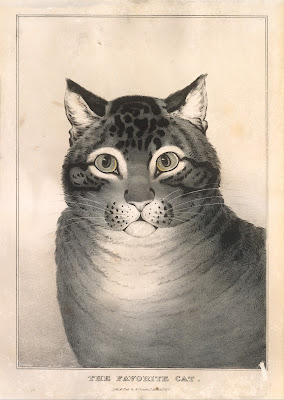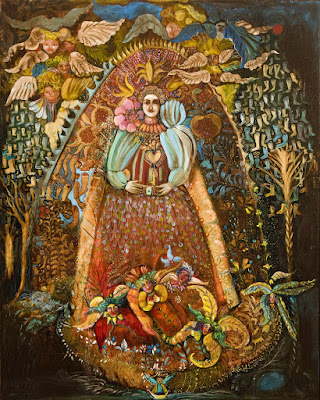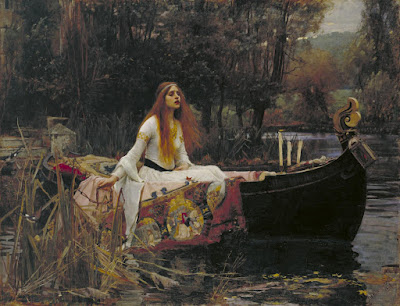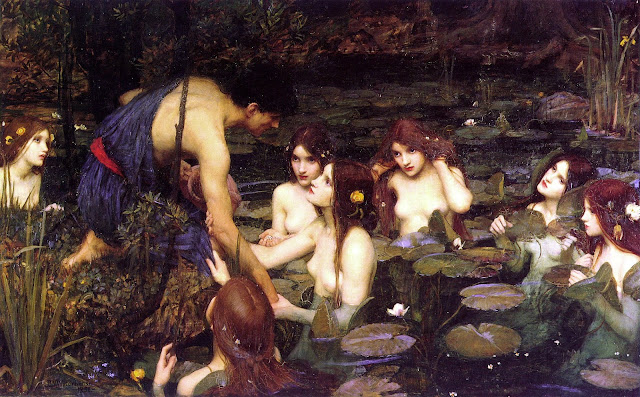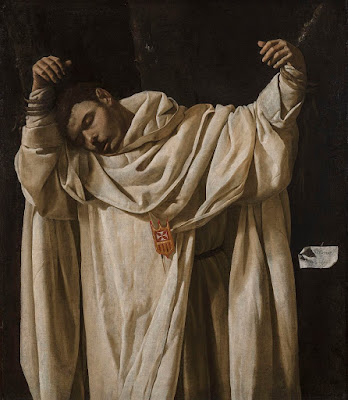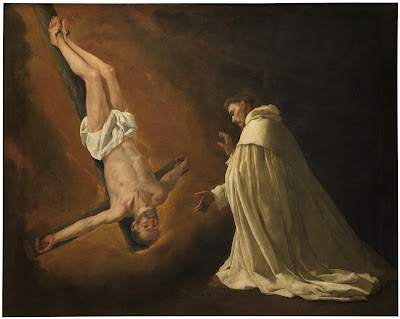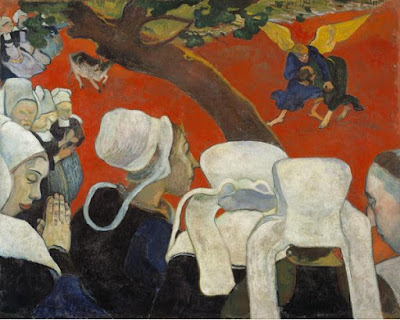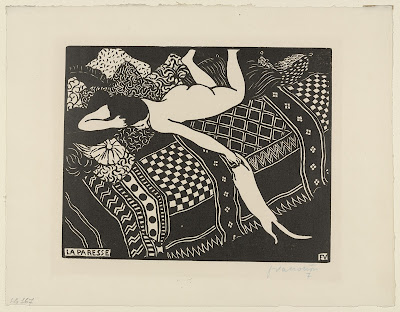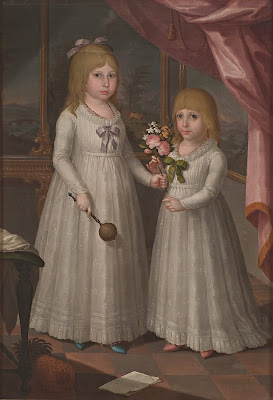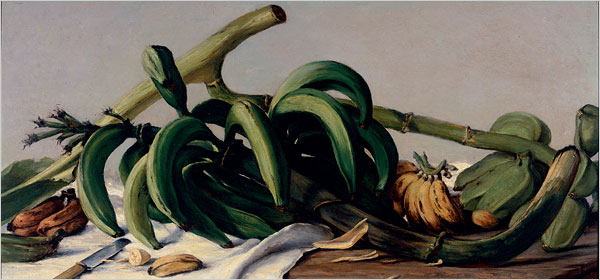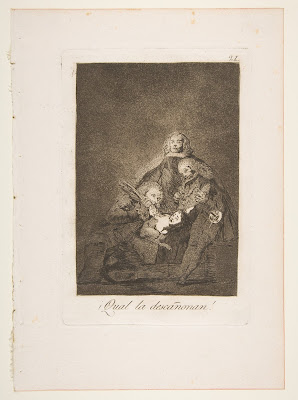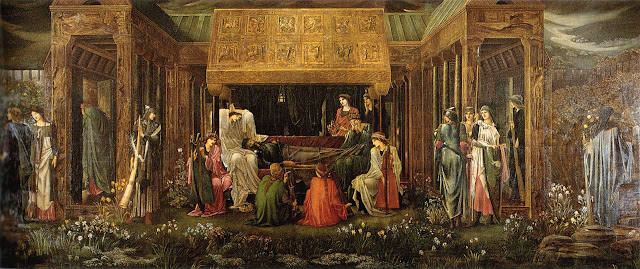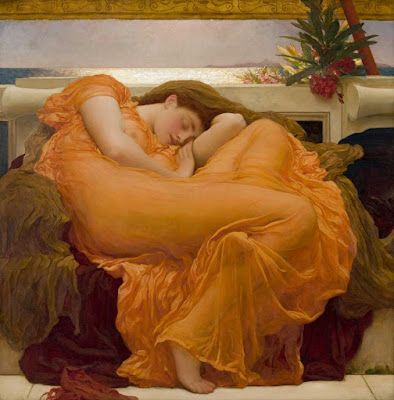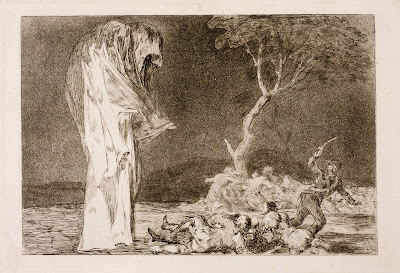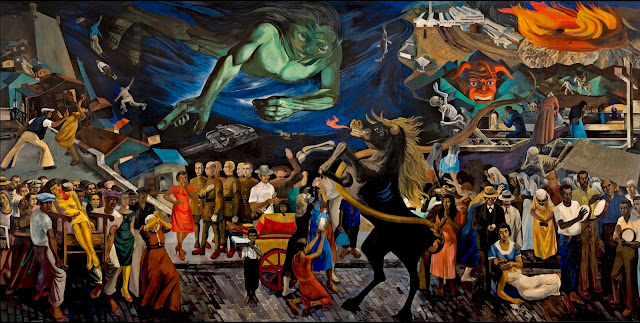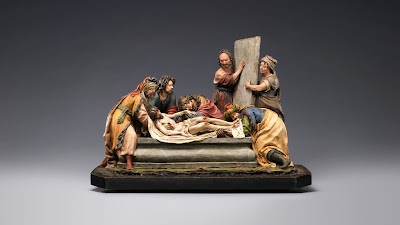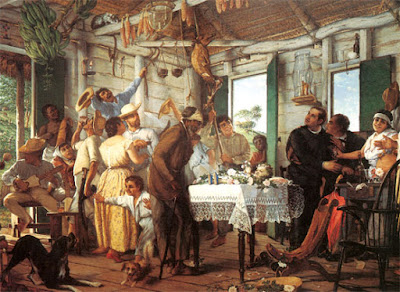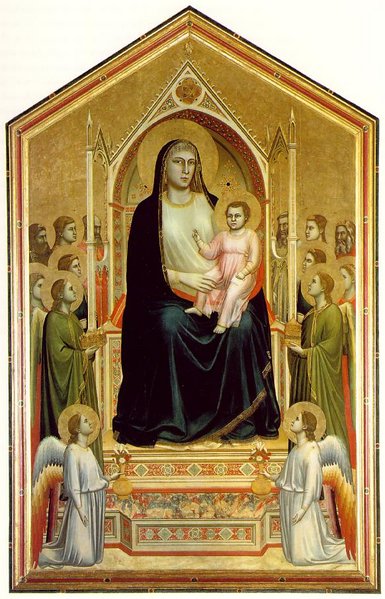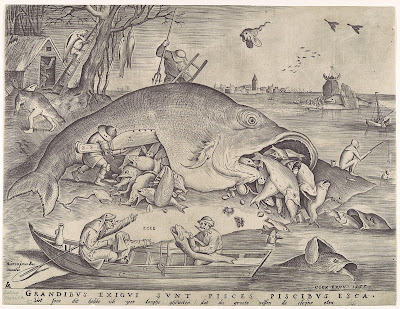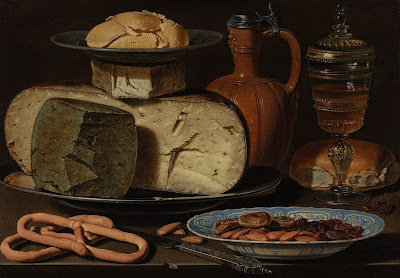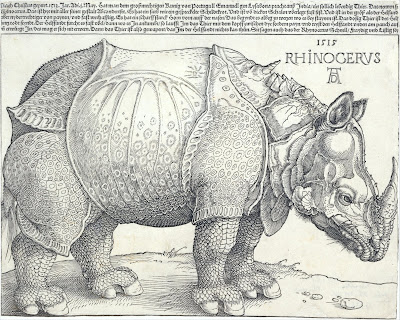Julie Le Brun Looking in a Mirror by Elisabeth Louise Vigée Le Brun (Interpretation and Analysis)

Julie Le Brun Looking in a Mirror Source: MET Museum Yesterday, we discussed the portrait of a young child, Manuel Osorio Manrique de Zuñiga. Portraits of children are common in the history of Western art, but they vary significantly based on time and place. Today, I want to introduce another child portrait, Julie Le Brun Looking in a Mirror . This image, which was painted by the child’s mother—a court artist who was famous for her portraits of Marie Antoinette—dates from around the same time as Goya’s painting of Manuel. However, it is very different in style. The artist, Elisabeth Louise Vigée Le Brun, resided in France, a nation that was far more progressive than Goya’s Spain in terms of political and social ideas. The Enlightenment—a progressive movement that began in France—began to reimagine childhood in the eighteenth century. Gradually, an understanding developed that childhood was a distinct part of life and that children had unique developmental and emotional needs, as op
